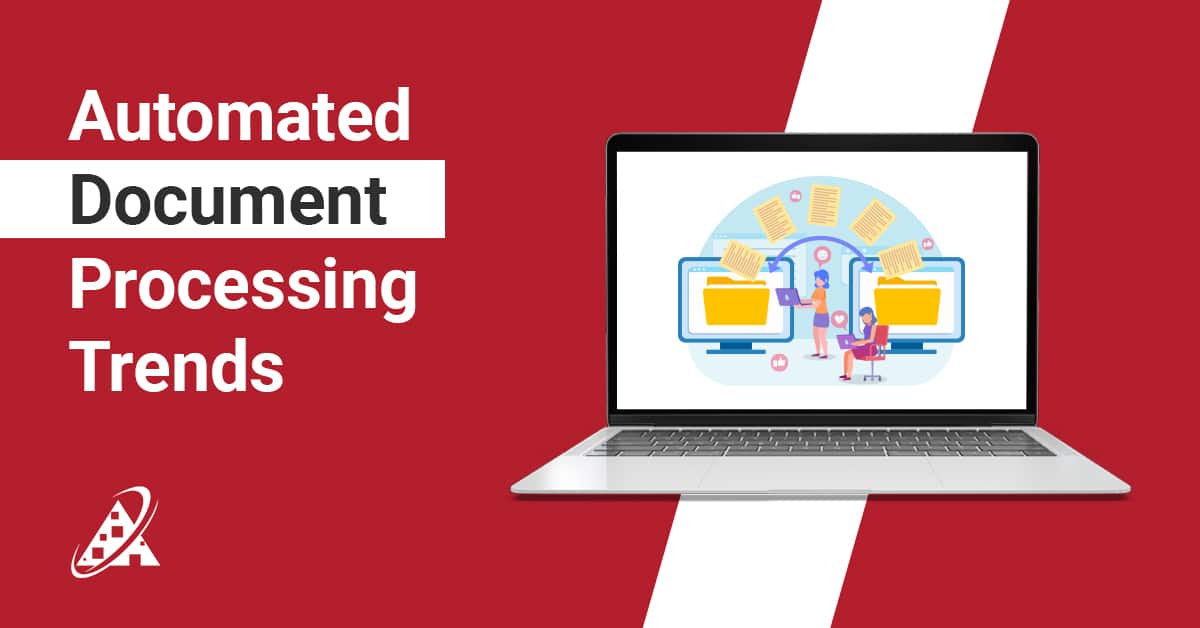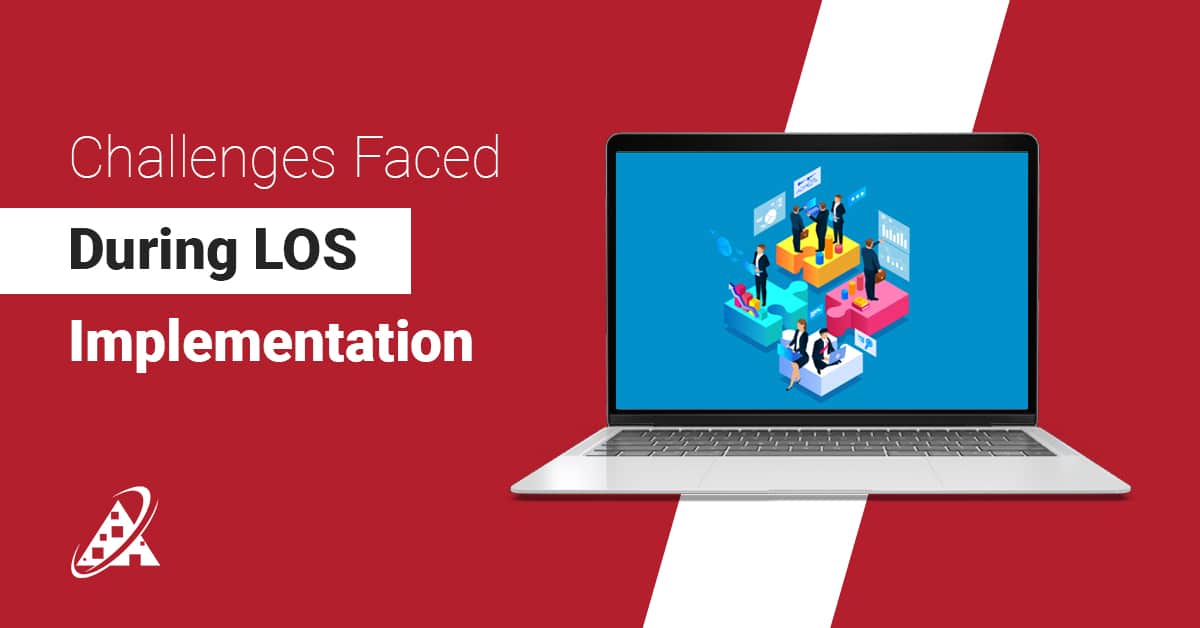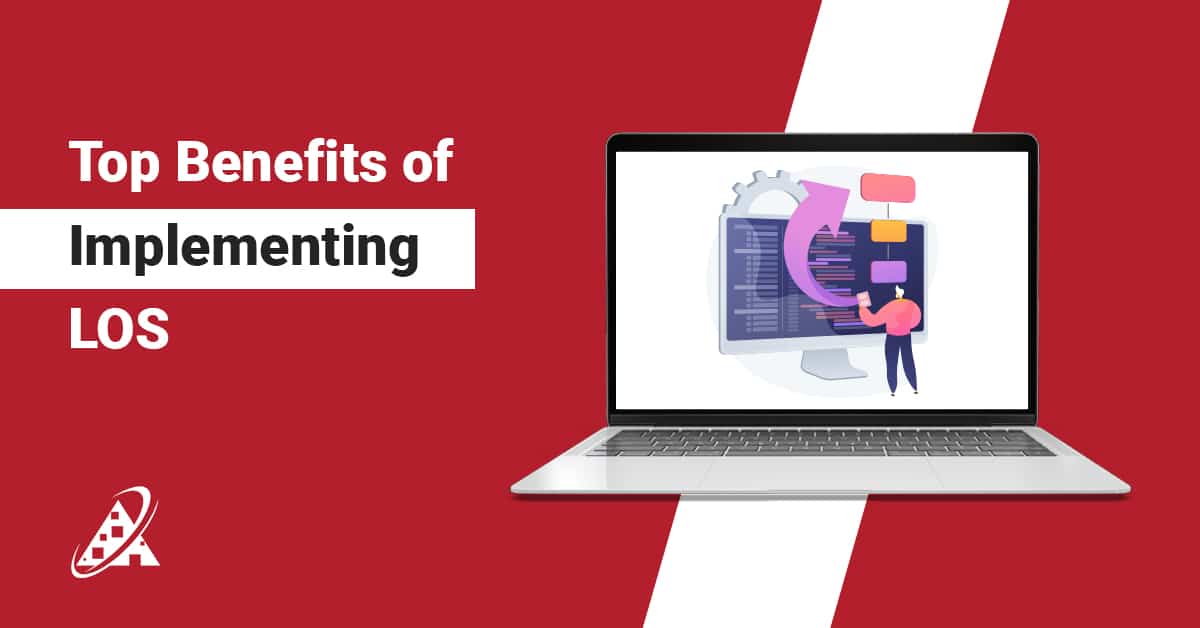Yes, you can direct deposit into a savings account. This practice comes with significant advantages. Opting for direct deposits to your savings account rather than your checking account eliminates the need for manual transfers, streamlining the process of stashing away money for your future financial goals.
How to Set Up Direct Deposit to Your Savings Account
In today’s fast-paced world, managing your finances efficiently is crucial. One of the smartest ways to do this is by setting up direct deposit to your savings account. Not only does it make saving easier, but it also ensures that you’re consistently building your financial nest egg.
In this blog post, we’ll explore the benefits of direct deposit into a savings account, how to set it up, and why it’s an essential financial strategy.
The Power of Direct Deposit
Direct deposit is a popular method of receiving payments electronically, whether it’s your paycheck, pension, or other recurring income. Instead of receiving a physical check or cash, your money is seamlessly transferred directly into your bank account. More than nine out of ten workers in the United States now use direct deposit, and for good reason.
Automating Your Savings Strategy
Direct deposit can be a game-changer when it comes to managing your finances. It automates your savings strategy, channeling a portion of your income directly into your savings account every time you’re paid. This automation has several advantages:
- Consistency: With direct deposit, you don’t have to rely on willpower to move money from your checking to your savings account; it’s done automatically.
- Prevents Overspending: Funds sitting in your checking account might tempt you to splurge. Direct deposit ensures that your savings are a priority.
- Optimizes Your Gains: Your savings can grow faster in an interest-bearing savings account, allowing your money to work for you.
How to Set Up Direct Deposit to Your Savings Account
Setting up direct deposit to your savings account is a straightforward process. Here’s how to do it:
Step 1: Obtain a Direct Deposit Form
If you’re a new hire, your employer typically provides you with paperwork during your onboarding process. If you’re an existing employee, you can request a new direct deposit form from your HR or payroll department.
Step 2: Designate the Amount
Decide how much of your paycheck you want to go into your savings account. You can allocate a specific percentage or a fixed amount, depending on your financial goals.
Step 3: Submit the Form
Complete the form, providing the necessary information, including your bank account number and routing number. If required, attach a voided check for your checking account and a deposit slip for your savings account.
Balancing Checking and Savings
Direct deposit isn’t an either-or proposition. It’s about finding the right balance between your checking and savings accounts. Here are some key points to consider:
Checking Account: This is where you access your money for daily expenses and bills. Having a sufficient balance in your checking account helps you avoid banking fees.
Savings Account: A direct deposit into your savings account helps you build savings and earn interest on money you don’t immediately need. It’s a smart move to create multiple savings accounts for different financial goals.
Summary
Direct deposit into your savings account offers a hassle-free way to prioritize your financial future. It’s a strategy that ensures you save consistently and avoid the temptation to overspend. By understanding the differences between checking and savings accounts, you can tailor your direct deposit strategy to meet your specific needs.
At ATI, we are committed to empowering you with valuable financial knowledge and equipping you with the necessary tools to reach your financial objectives. If you’re in search of a more intelligent banking solution that accommodates direct deposit and beyond, we invite you to explore our range of services. Should you have any questions or inquiries, please don’t hesitate to reach out to us. We’re here to assist you.











